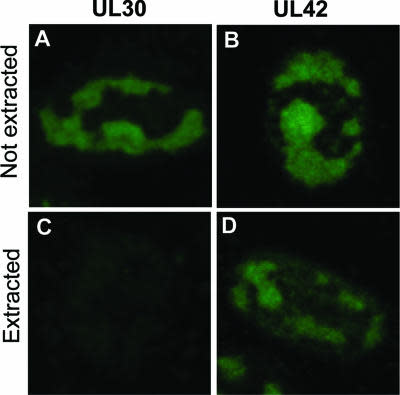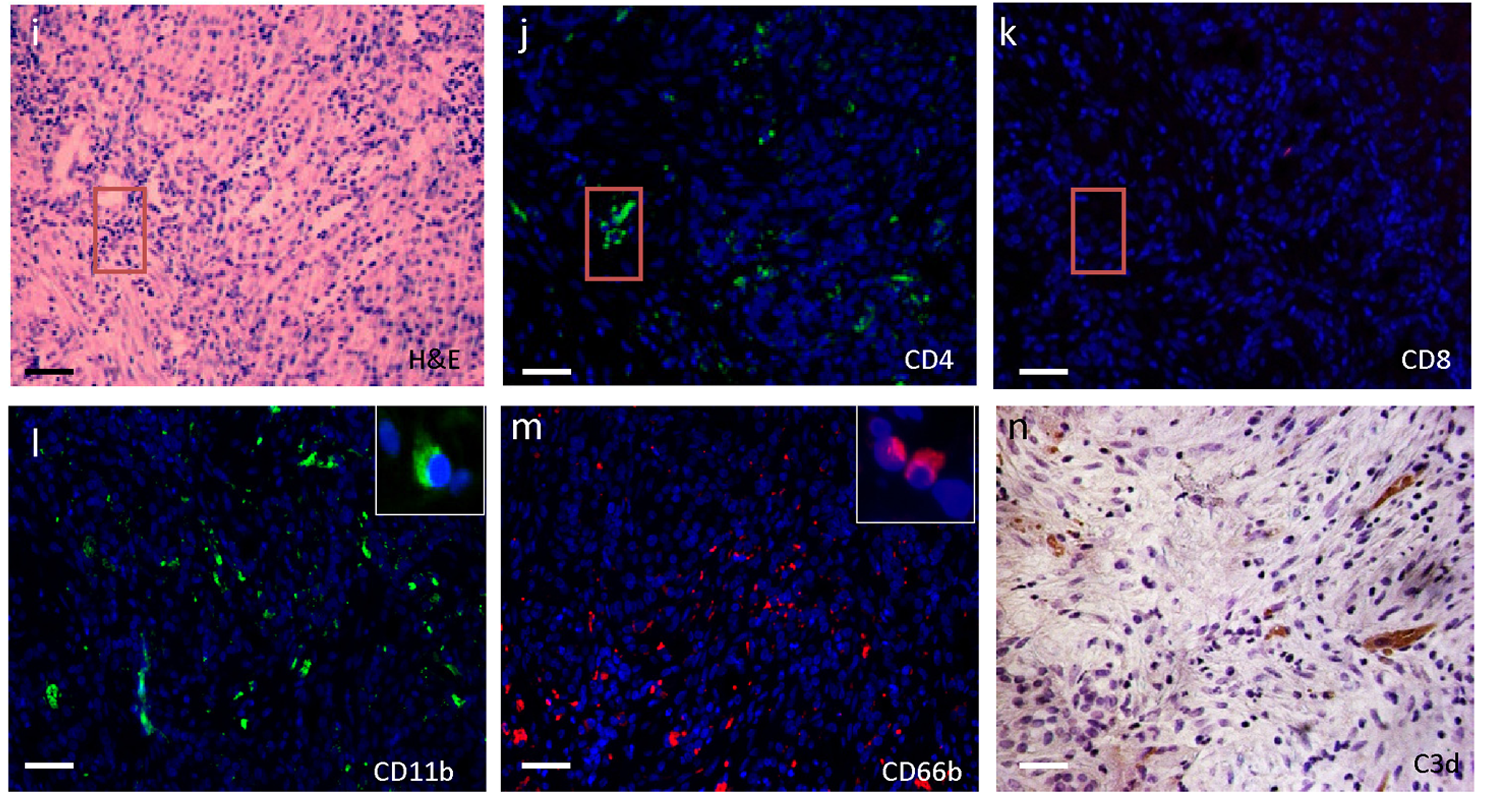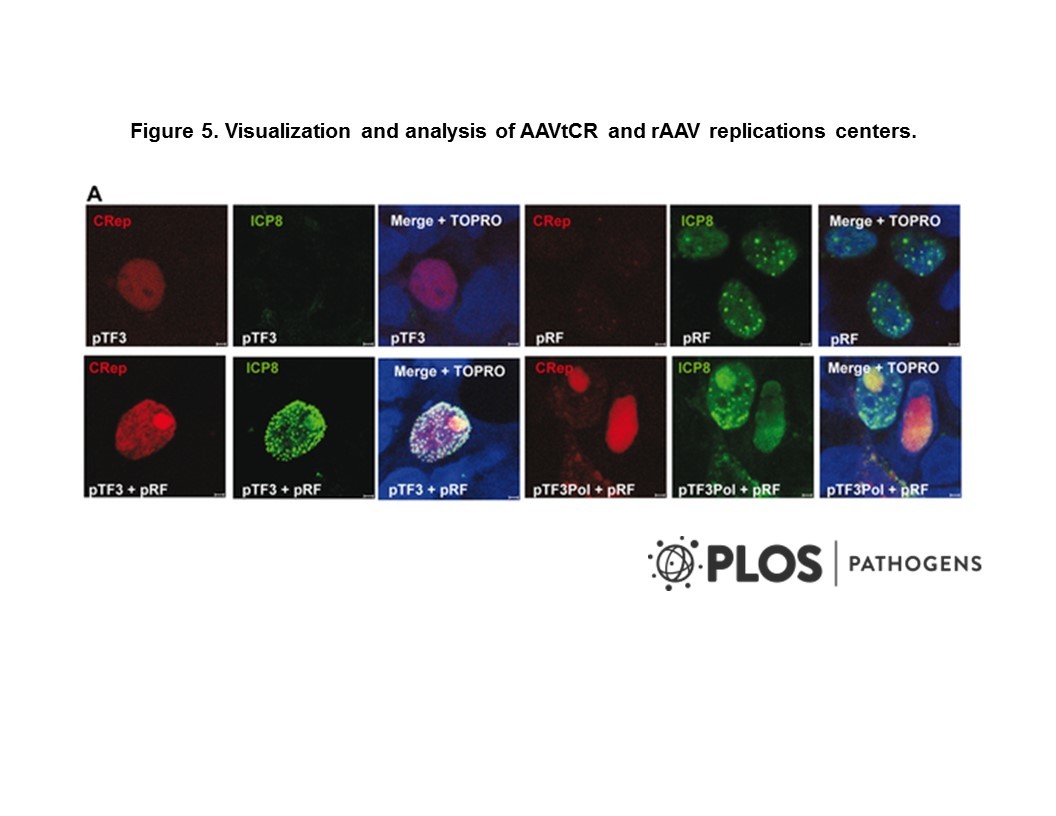
Cat. #151241
Anti-PSMA5 [AH1.1]
Cat. #: 151241
Sub-type: Primary antibody
Unit size: 100 ug
Availability: 3-4 weeks
Target: Proteasome complex; subunit 5a (PSMA5)
Class: Monoclonal
Application: FACS ; IHC ; IP ; WB
Reactivity: Human ; Xenopus laevis
Host: Mouse
£300.00
This fee is applicable only for non-profit organisations. If you are a for-profit organisation or a researcher working on commercially-sponsored academic research, you will need to contact our licensing team for a commercial use license.
Contributor
Inventor: Julian Gannon
Institute: Cancer Research UK, London Research Institute: Clare Hall Laboratories
Tool Details
*FOR RESEARCH USE ONLY
- Name: Anti-PSMA5 [AH1.1]
- Research fields: Cell biology
- Clone: AH1.1
- Tool sub type: Primary antibody
- Class: Monoclonal
- Conjugation: Unconjugated
- Reactivity: Human ; Xenopus laevis
- Host: Mouse
- Application: FACS ; IHC ; IP ; WB
- Description: The proteasome is a multicatalytic proteinase complex with a highly ordered ring-shaped 20S core structure. The core structure is composed of 4 rings of 28 non-identical subunits; 2 rings are composed of 7 alpha subunits and 2 rings are composed of 7 beta subunits. Proteasomes are distributed throughout eukaryotic cells at a high concentration and cleave peptides in an ATP/ubiquitin-dependent process in a non-lysosomal pathway. An essential function of a modified proteasome, the immunoproteasome, is the processing of class I MHC peptides. PSMA5 is a member of the peptidase T1A family, that is a 20S core alpha subunit. Multiple alternatively spliced transcript variants encoding two distinct isoforms have been found for this gene.
- Immunogen: Sub-unit 5a
- Isotype: IgG1
- Myeloma used: Sp2/0-Ag14
Target Details
- Target: Proteasome complex; subunit 5a (PSMA5)
- Target background: The proteasome is a multicatalytic proteinase complex with a highly ordered ring-shaped 20S core structure. The core structure is composed of 4 rings of 28 non-identical subunits; 2 rings are composed of 7 alpha subunits and 2 rings are composed of 7 beta subunits. Proteasomes are distributed throughout eukaryotic cells at a high concentration and cleave peptides in an ATP/ubiquitin-dependent process in a non-lysosomal pathway. An essential function of a modified proteasome, the immunoproteasome, is the processing of class I MHC peptides. PSMA5 is a member of the peptidase T1A family, that is a 20S core alpha subunit. Multiple alternatively spliced transcript variants encoding two distinct isoforms have been found for this gene.
Applications
- Application: FACS ; IHC ; IP ; WB
Handling
- Format: Liquid
- Concentration: 1 mg/ml
- Unit size: 100 ug
- Storage buffer: PBS with 0.02% azide
- Storage conditions: -15° C to -25° C
- Shipping conditions: Shipping at 4° C
References
- Liu et al. 2014. J Clin Invest. 124(5):2059-70. PMID: 24691443.
- Ciliopathy proteins regulate paracrine signaling by modulating proteasomal degradation of mediators.
- Kley et al. 2012. Brain. 135(Pt 9):2642-60. PMID: 22961544.
- Pathophysiology of protein aggregation and extended phenotyping in filaminopathy.
- Yi et al. 2010. Cell Tissue Res. 341(2):325-40. PMID: 20526895.
- Interference with the 19S proteasomal regulatory complex subunit PSMD4 on the sperm surface inhibits sperm-zona pellucida penetration during porcine fertilization.
- Arlt et al. 2009. Oncogene. 28(45):3983-96. PMID: 19734940.
- Increased proteasome subunit protein expression and proteasome activity in colon cancer relate to an enhanced activation of nuclear factor E2-related factor 2 (Nrf2).




